Stories from a livelihood
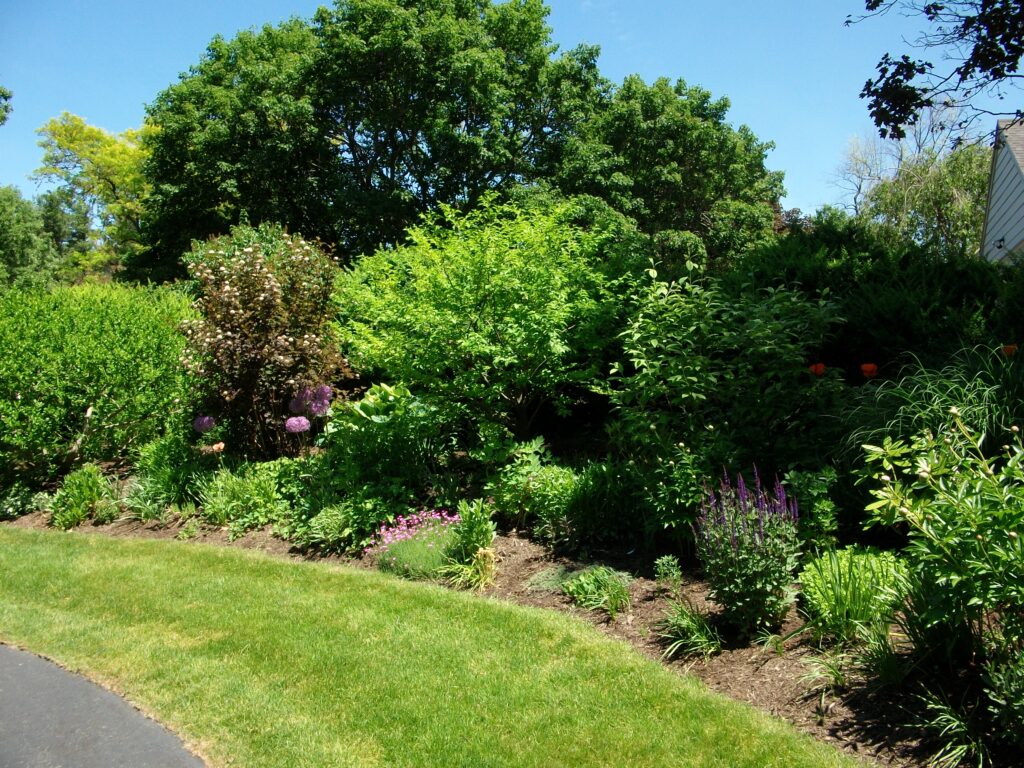
From 2001 to 2010, I worked as a freelance horticulturist for clients in communities in and around Rochester. Some of the best times were moving from courtyard to courtyard in communities of high-end town houses. I loved the cozy feeling of the courtyards and how just an hour or two of work could transform the space. Because each courtyard had a protected microclimate, I could engage in heady experiments with plant hardiness. On medium and larger properties, I enjoyed the freedom of open space, of seeing the moody big skies shift overhead while I worked.
The clients were kind and pleased and told their friends about me. It was really fun to design new gardens and to get to do all that plant shopping for people. What a stimulating exercise it was to piece together the client’s preferences, the site conditions, and the appropriate plants.
It wasn’t all glamourous, of course. I had two incidents of heat sickness, a prolonged bout of plantar fasciitis— hard to get over when you work on your feet—and the workload was so compressed in the spring that by June I wanted to lay flat for the entire summer. But I’d rebound because I was young, stretched a lot, and lucky to be able-bodied.
Working for someone in their garden can put you in a place of intimacy with them. Sometimes people needed to talk; there were certain themes that emerged from the time I spent with my clients. I explored my experiences by writing some poems, motivated in part by excellent classes I took at Writers & Books in Rochester.
Many of my gardening clients were dealing with the harsh realities of aging. In some cases, their wealth, social support, and good luck meant that they didn’t seem to let it get them down. But for others, their struggles were more openly talked about or observed. I felt sympathy but didn’t fully understand. Only now, as I age in intimate company with my eighty-year-old mother and my older husband, do I move toward empathy.
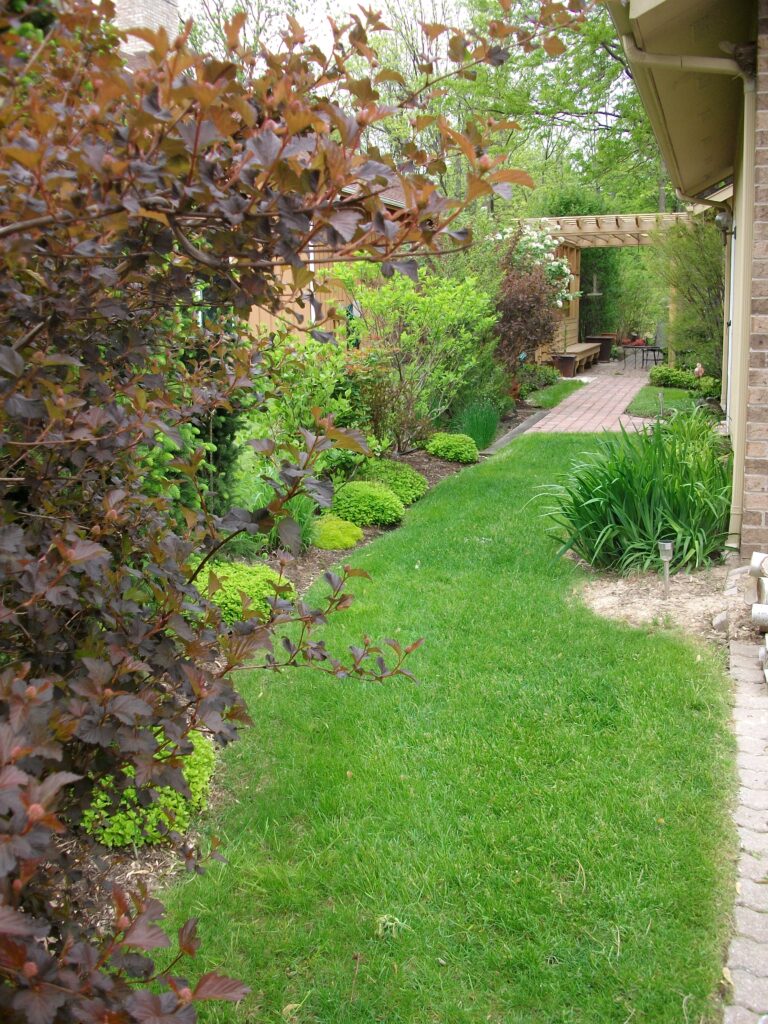

FROM “THEO”
He watches me working. I don’t mind— he’s sitting where all the light comes in. He says that reading is all that’s left to him, ends his few sentences with while you still can.
His wife says the early bloom from bulbs I planted last fall cheers him. But just now, he lifts his cane to slide the glass door shut before I finish greeting him.
Another theme I picked up on was around couples not getting along, especially under the pressures of aging and its costs, like hearing loss. Some fought openly in my presence. I was mystified by that at the time, but as my husband and I age together, I have a better understanding of how the pressures can accumulate, taxing even the closest relationship.
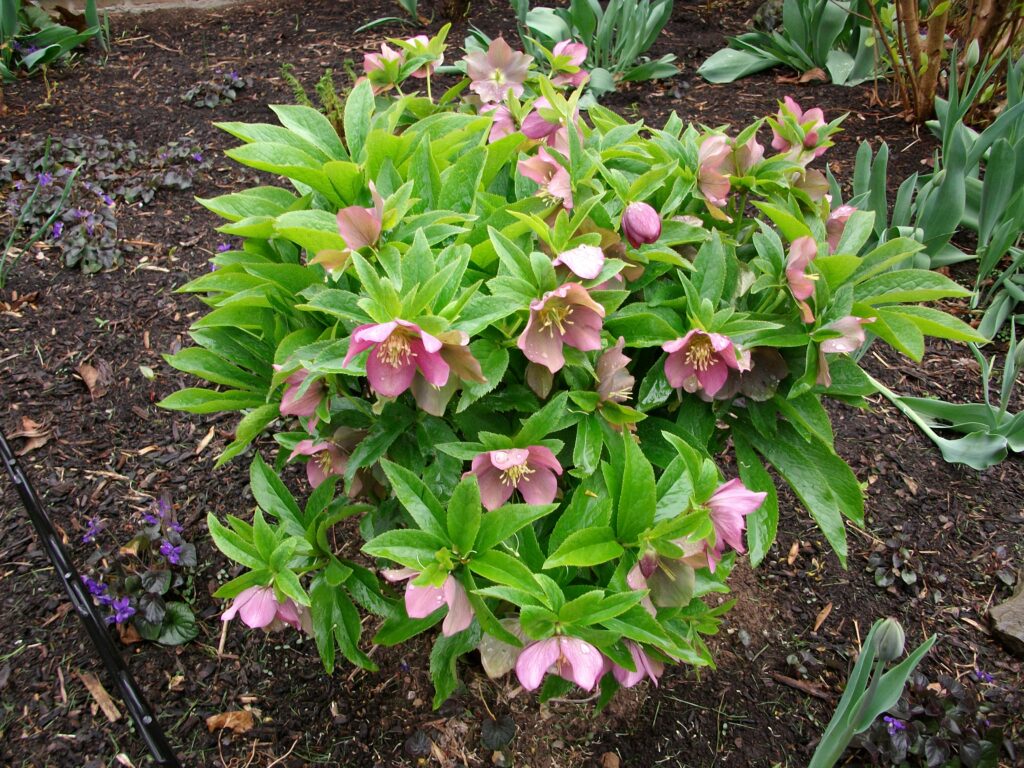
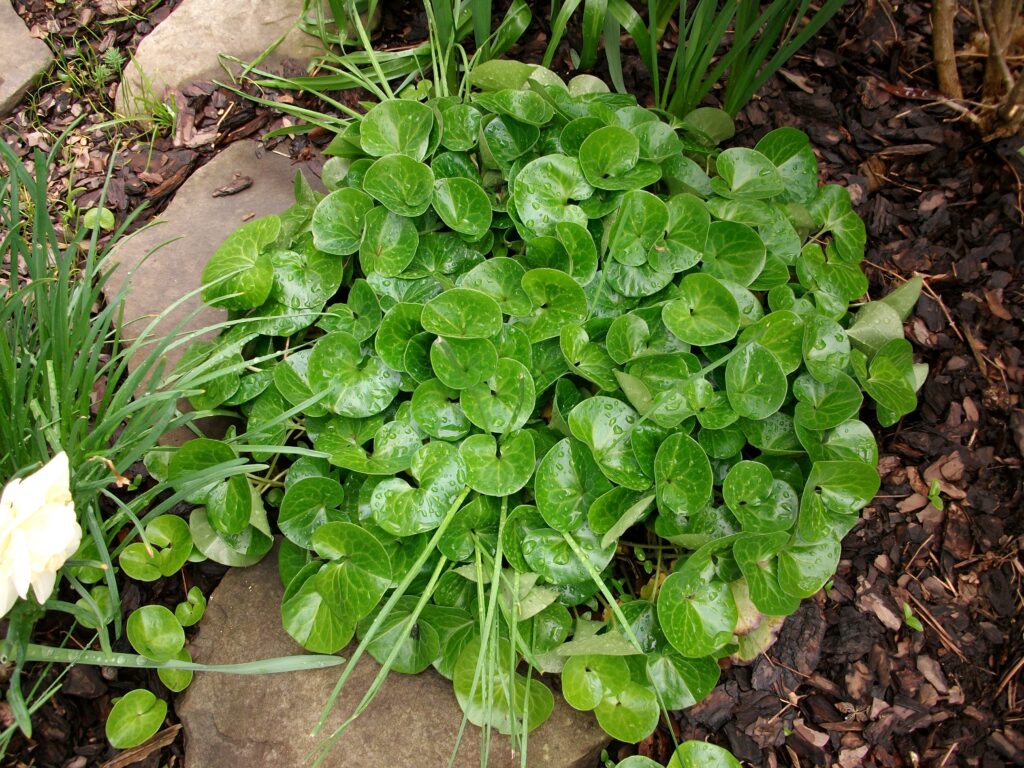
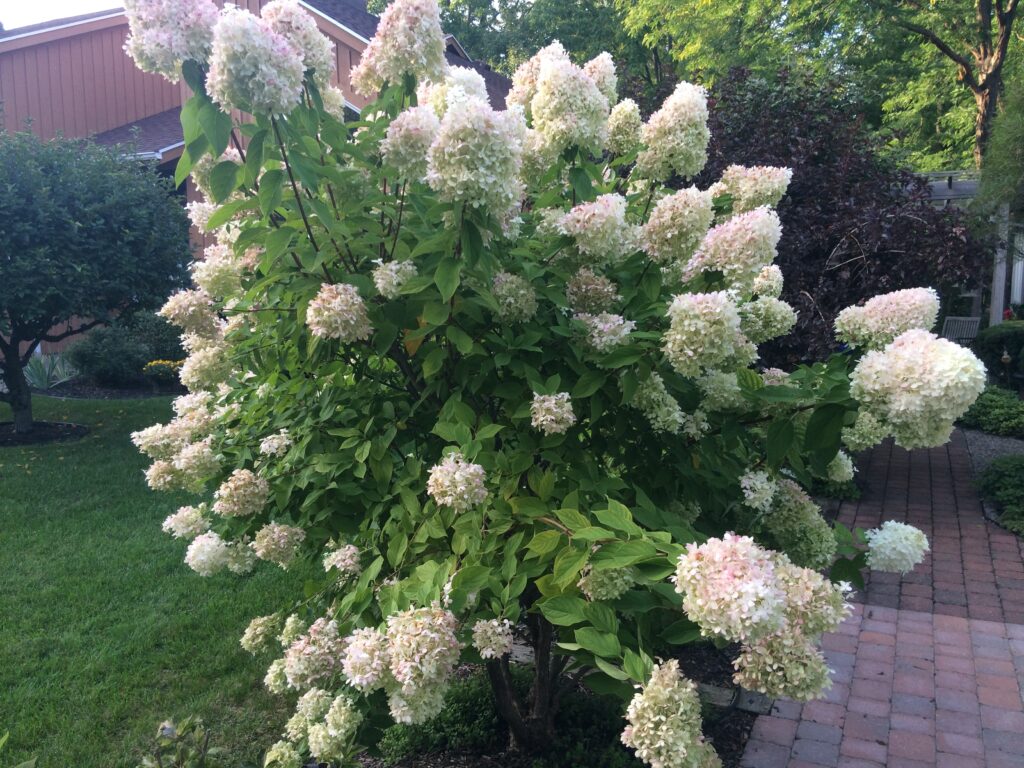
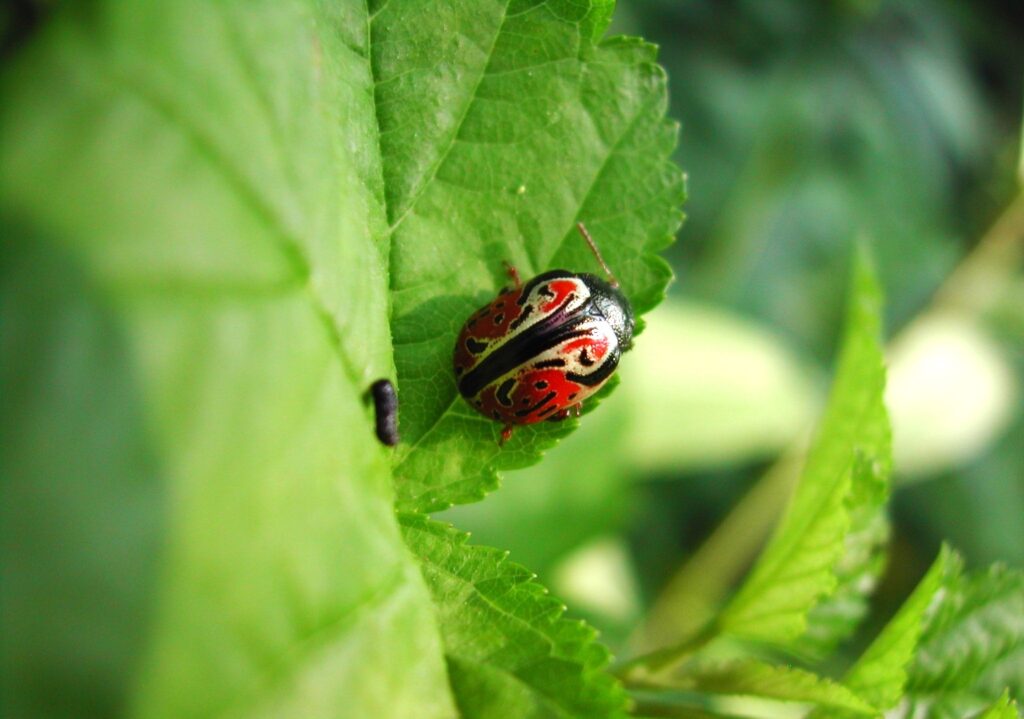
FROM “SPINES AND GLOCHIDS”
A prickly pear cactus pad dangles from her finger, a spine snuck in around her metal tongs. See—she says, groaning— this is what happens leather gloves are useless. We’ve tried.
This is his collection. She’d rather be coaxing bonsai out of volunteer redbud seedlings or potting up bright yellow hakonechloa divisions into tiny ceramic pots, azure blue.
In writing this, I am reminded that many of my former clients are gone now. Two (separate) clients with whom I became close, Bess and Jack, died in the past five years; I miss them. They were kind and gentle widowed people, each very community-minded, who were excited to learn about plants and try new things. (Jack also paid me to tutor him on using the internet and email; because he was so patient and earnest, it was endearing and actually fun.)
After I moved away from Rochester, when I went back to visit, I would stay with Bess. We’d do puzzles together, and with our hands busy, we tended to talk about some deep things. I’d go over and visit Jack so we could look at his landscape, and he’d show me his latest woodworking projects. They were dear people, and dear to me. I had been nervous to tell them that I was partnered with a woman at that time, unsure how open-minded they were in that regard. I didn’t want to lose their affection—or their business. They were both unfazed.
The biggest challenges on Bess’s medium-sized property were heavy clay soil, the aggressively invasive chameleon plant (Houttuynia cordata ‘Tricolor’), and a need for privacy between her and the neighbors. Oh, how I tried to tame the wily chameleon, but it was woven so tightly in between the lilacs, around the Japanese maple, all through the daylilies—having found so many cozy hiding places, it was there to stay. We found ways to make it make more sense visually, like adding large pieces of driftwood as naturalistic sculptures: a rustic piece of furniture over a colorful carpet.
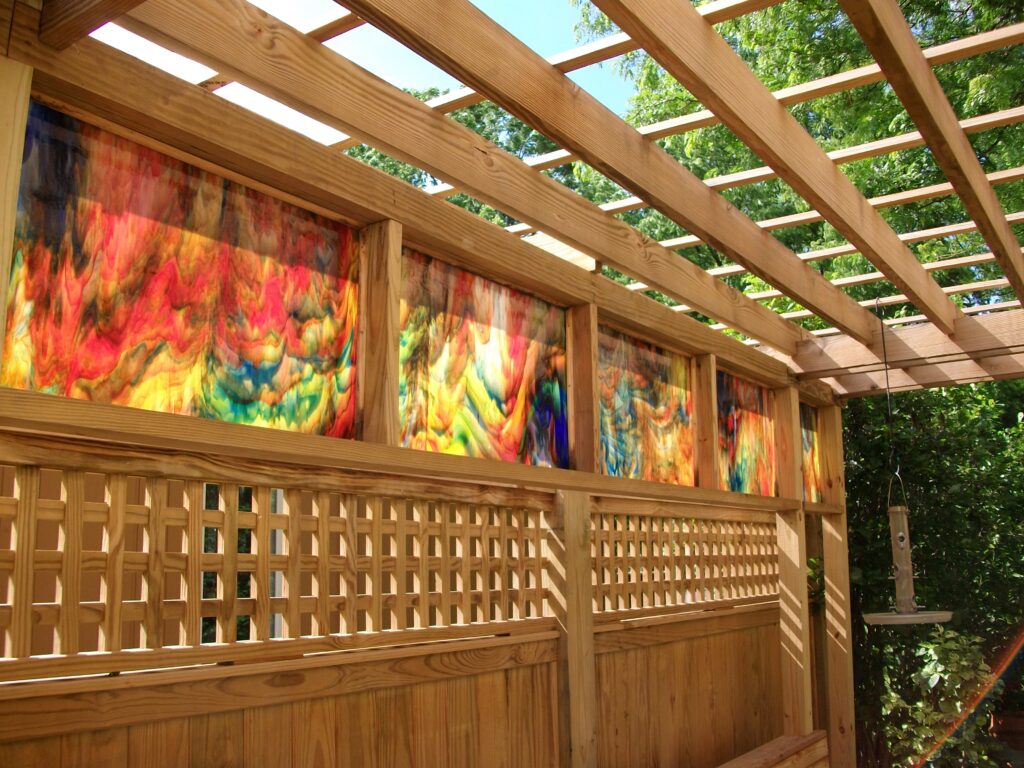
The privacy project was more fun. Bess wanted to have a border between her and the neighbor that wasn’t a monolithic block of arborvitae. She wanted it to be varied and have seasonal interest for her and her neighbor. Some of the most successful plants in the west-facing privacy border were Hydrangea ‘Limelight’, sweetshrub (Calycanthus floridus), rugosa rose (Rosa rugosa), the narrow, weeping white spruce (Picea glauca ‘Pendula’), and red switchgrass (Panicum virgatum ‘Shenandoah’). A ‘Diabolo’ purple ninebark (Physocarpus opulifolius) added some lovely burgundy foliage and white flowers, but I can’t recommend it now in part because of deleterious effects on the native ninebark beetle (Calligrapha spiraea), which happens to be gorgeous (see photo). (I learned about this from an excellent blog post, “The nativar dilemma: The case of my purple ninebark & the leaf beetle,” by Christa K. Carignan.)
At Jack’s place, a large property, deer were the greatest challenge to his gardens; the further from the house, the more vulnerable his plants were. (Closer to the house, the dog barking helped keep the deer away). Some tree species that avoided the jaws of ruminants were American fringe tree (Chionanthus virginicus), katsura tree (Cercidiphyllum japonicum), American smoketree (Cotinus obovatus), Carolina silverbell (Halesia tetraptera) and Japanese snowbell (Styrax japonica). We planted these in garden beds close to the house. Shrub survivors at Jack’s included shasta viburnum (V. plicatum tomentosum ‘Shasta’), Cotinus coggygria ‘Golden Spirit’ (smokebush), and ‘Black Lace’ elderberry (Sambucus).
In terms of perennials, we created a shade garden close to the house that resisted deer with hellebores (Helleborus spp.), epimedium (Epimedium spp.), bear’s breeches (Acanthus spp.), Brunnera, Gray’s sedge (Carex morrowii), coral bells (Heuchera spp.), European ginger (Asarum europaeum), and variegated Solomon’s seal (Polygonatum odoratum ‘Variegatum’). Walking around the gardens with Jack, or with Bess—to admire, and to plan—those were joyful times that I treasure.
Michelle Sutton is a horticulturist, writer, and editor.
The names of clients in this story have been changed.
Views: 2




